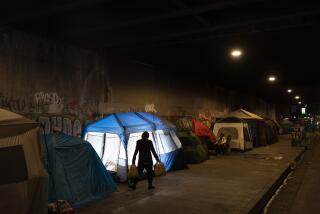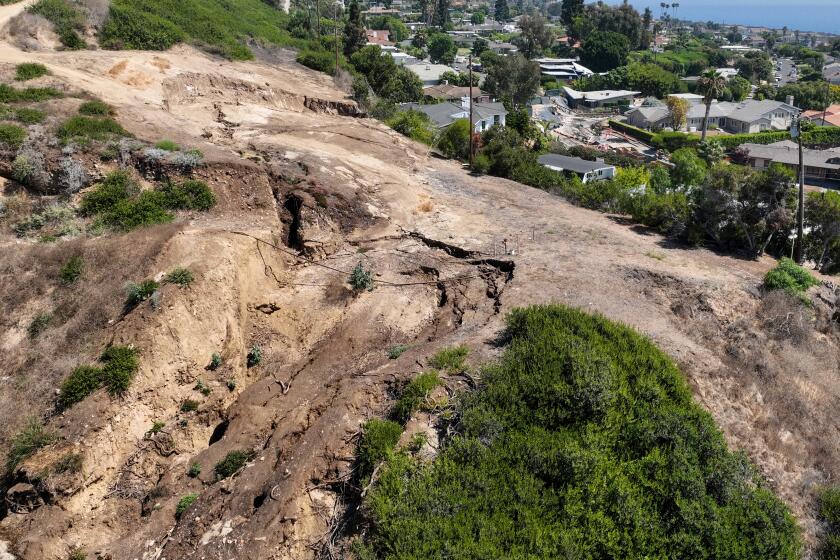Beyond Latasha Harlins -- the black-Latino dynamic in South L.A.

When Brenda Stevenson came to UCLA to teach, after studying at Yale and working at the University of Texas, Austin, she thought she knew from multicultural.
But L.A. had a vast and distinctly complex ethnic weft and warp that she hadn’t anticipated; she explores two threads, the Korean and African American ones, in her new book about the 1991 killing of a black teenager, “The Contested Murder of Latasha Harlins.” I spoke to her about it for my “Patt Morrison Asks” column.
Black and Latino relations did not come under the microscope in that incident, but two decades ago, the friction between a burgeoning Latino population and a thinning African American one created its own tensions and confrontations.
A few months after the 1992 riots, construction crews were rebuilding burned-out buildings -- and almost every one of them was Latino. African American picketers protested at one site until a supervisor agreed to negotiate over jobs, and elsewhere, white and Latino workers complained that African American protesters chased them off and vandalized the job site.
In the two decades before the riots, 120,000 jobs vanished from South Los Angeles, many of them well-paying blue-collar and sometimes union jobs. In their stead, other jobs attracted nonunion Mexican and Central American construction workers who were willing to take pickup jobs for less than minimum wage. Black carpenters and construction workers reported getting the runaround from construction companies instead of jobs.
Latinos gradually moved into South Central and the historically black cities nearby. As Stevenson -- who came to L.A. a few months before the Rodney King beating and Latasha Harlins shooting -- saw, “there’s a lot of tension in communities where there’s very few resources. People see other people coming in and stretching those resources even thinner.”
Stevenson found that although Los Angeles is “a fairly racially segregated city, blacks and Latinos tend to live in the same areas” and show up at the same movie theaters, malls, fast-food places and parks. “The tension sometimes boils over, people interacting on a daily basis at the local McDonald’s, people saying, ‘I don’t understand you -- speak English,’ that kind of thing.”
In the Jordan Downs housing project in Watts, six months after the Latasha Harlins killing, five members of a Latino family died when several men doused the front door with gasoline and set the place afire.
Latino witnesses said they saw black drug dealers running away. Some black Jordan Downs residents said no, it was three Latino men. One neighbor, an African American named Gregory Moore, went to help fight the fire and was shot and critically wounded -- mistakenly -- by a member of the Latino family. Not long after, some of Jordan Downs’ Latino residents asked that Latino-only housing be set aside for them.
And Latinos, not African Americans, now account for two-thirds of the population of the historically black neighborhoods of South L.A.
ALSO:
Paying the bill for boorishness
Bending the Trayvon Martin tragedy to fit
More to Read
A cure for the common opinion
Get thought-provoking perspectives with our weekly newsletter.
You may occasionally receive promotional content from the Los Angeles Times.











